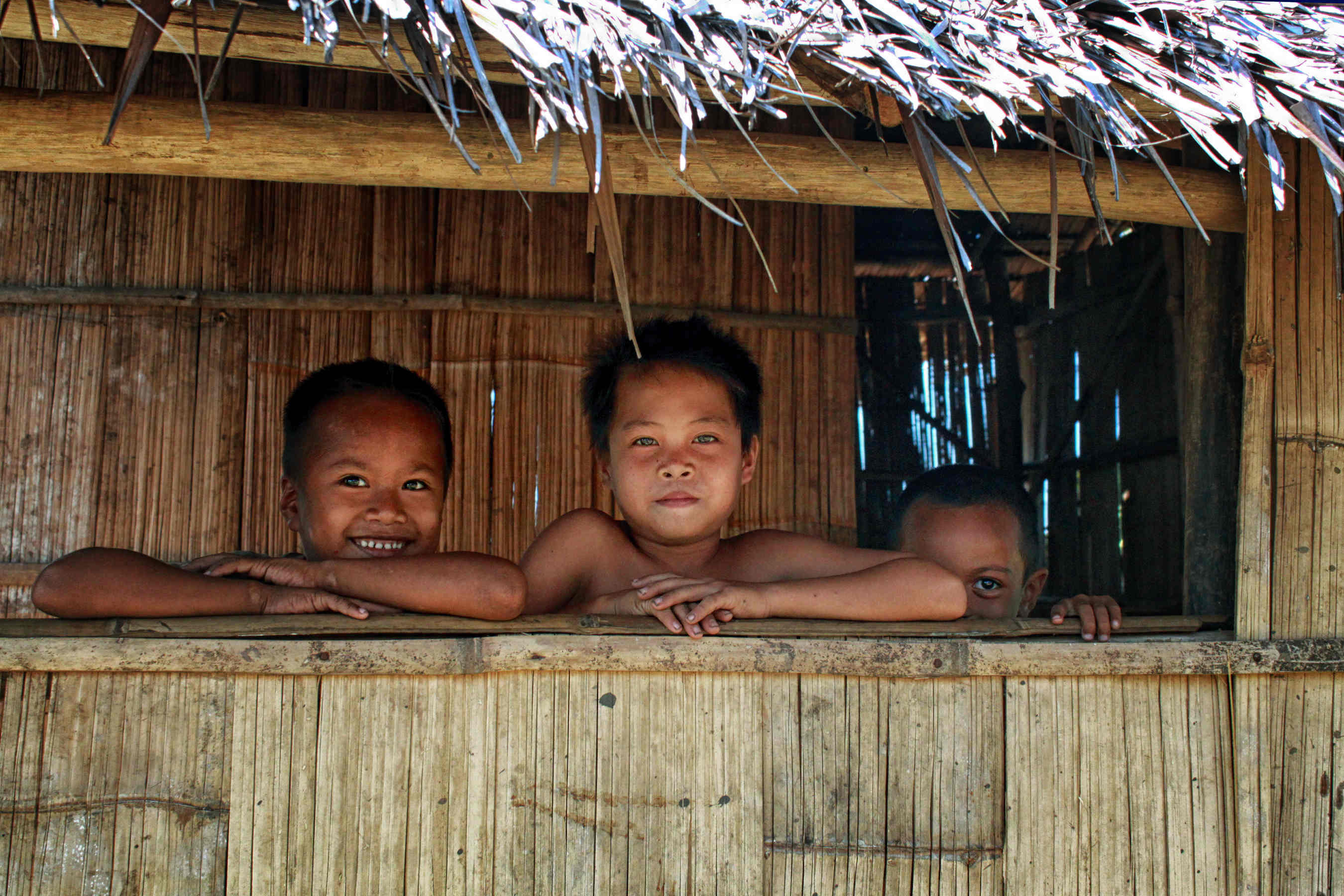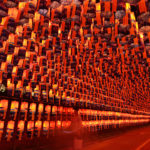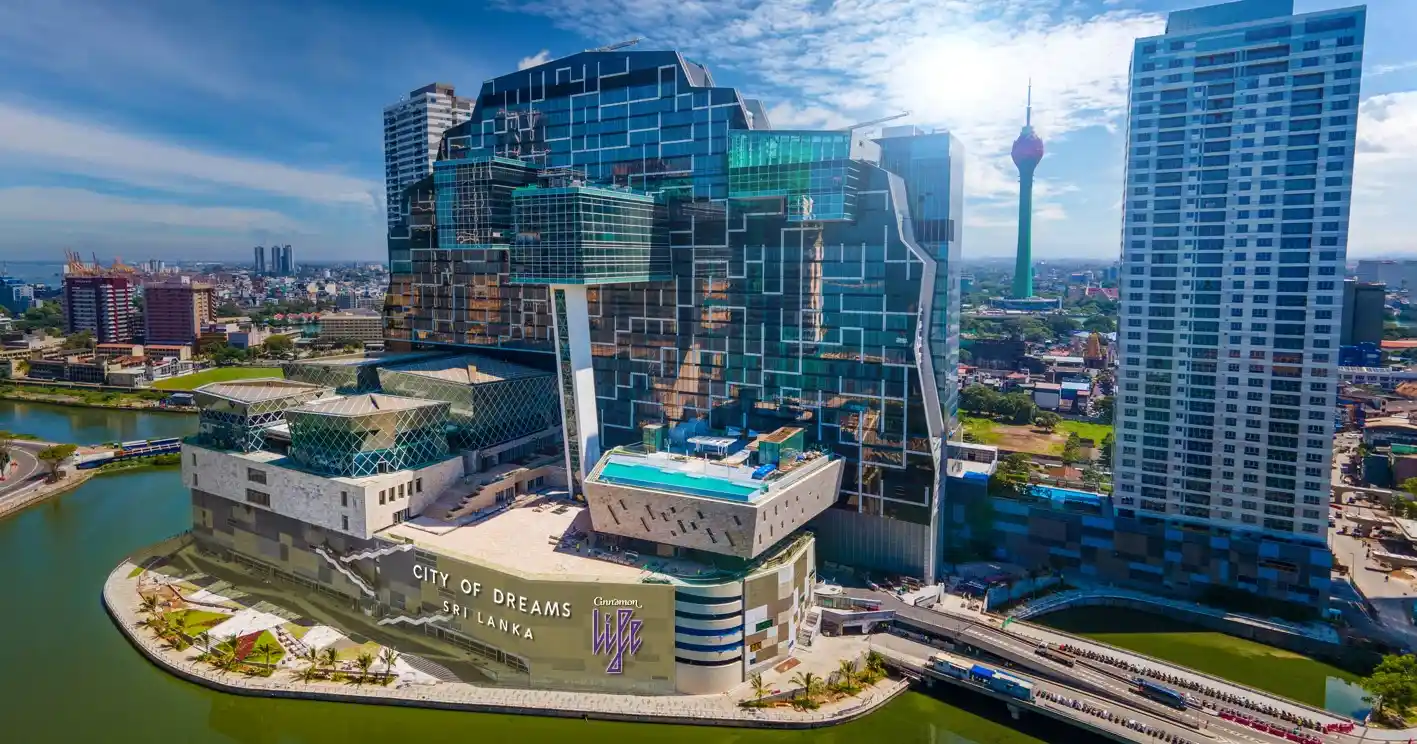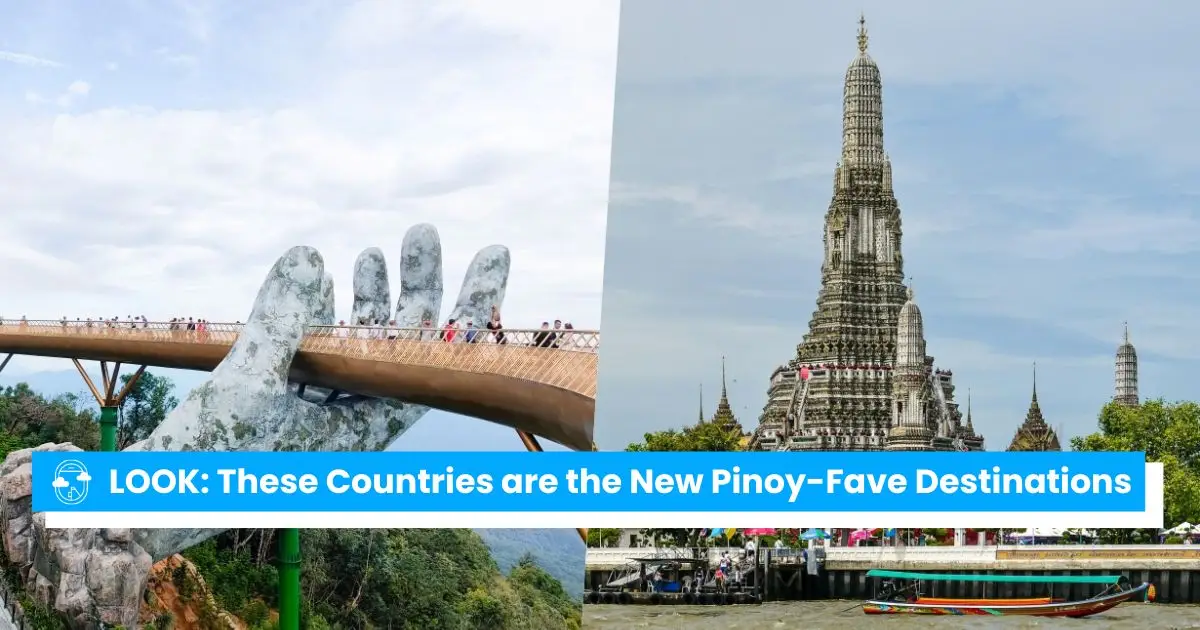(Photos) Safe and Sound: Life Goes on in Philippine Conflict Zones
In this photo essay, the Filipino spirit remains resilient in the midst of strife.
by Joser Dumbrique | September 12, 2016
Joser Dumbrique has been chronicling the story of conflict areas in the Philippines as a photographer for a government agency on the peace process for more than five years now.
Proof of the indomitable, resilient Pinoy spirit, here are his photographs of how daily life goes on in refugee and evacuation camps around some of the country’s most dangerous locations, and how the beauty of simple rituals and joys endure beyond the tenor of guns and mortar fire.

A school girl enjoys drinking some newly tapped, clean drinking water in Bucloc, Abra. A province in the Cordilleras, Abra has been dubbed the “murder capital of the north.” According to a report by the Philippine Center for Investigative Journalism, there have been more than 30 political figures, major and minor, killed in the province since 2001.

A mother cooks breakfast for her children in one of the evacuation areas for non-combatant refugees in Saudi Ampatuan, Maguindanao. Maguindanao is a major conflict area in Muslim Mindanao, with a total of 24,714 families so far displaced by ongoing military operations against various rebel groups, including against the Bangsamoro Islamic Freedom Fighters, in a recent report by Rappler.

Internally Displaced Persons (IDPs) take a break to play volleyball in Pigkawayan, North Cotabato, another major province identified as a conflict area that has remained mired in poverty, with an index worse than the national average.

A farmer bathes his cow against the heat in Ibajay, Aklan. Along with Capiz and Iloilo, the region has been identified by officials in the Philippine Army as one of the “vulnerable pockets of society” influenced by camps of Communist rebel groups and declared “conflict-manageable” in 2014.

Spirits undampened by conflict, children of recently displaced families play at an evacuation center in Shariff Aguak, Maguindanao.

These little boys are having a grand time in the cottages provided by the government for displaced families in Aleosan, North Cotabato. On April 1, 2016, Kidapawan City in North Cotabato was the site of a violent dispersal when a protest action by farmers was shut down by the police, acting on the governor’s orders.

Banwaon tribe children play marbles in San Luis, Agusan del Sur. Agusan province has long been a center of Communist rebel activity; almost daily firefights and encounters between government troops and the New People’s Army (NPA), has left thousands of indigenous lumads displaced and harassed by armed militias.
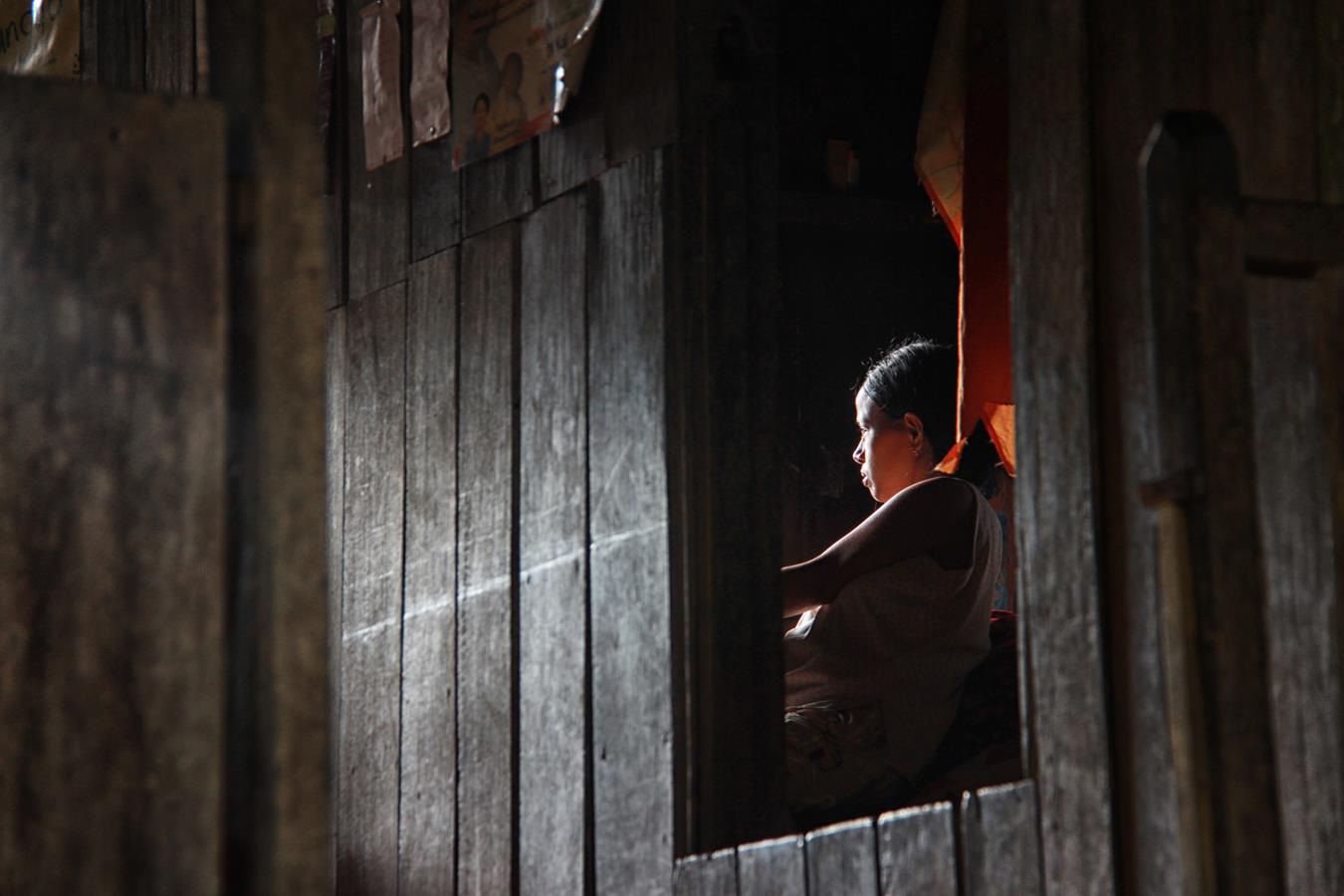
A mother prepares her son (not seen) for school in Conner, Apayao. The region has long been infamous as a place where headhunting and internecine tribal wars are waged. The indigenous method of forging peace pacts, known as bodongs, is useful in appeasing victims and their families. In the region, an approximate of more than 600 bodongs in various states of enforcement are said to be in effect.

Water hyacinth weavers cook the plant in preparation for weaving in Buluan, Maguindanao, a relatively peaceful haven amidst a region torn by the strife of military operations against Muslim rebels and terrorist groups.

Children and members of the Teduray of Upi, Maguindanao perform a tribal dance at a cultural event.



